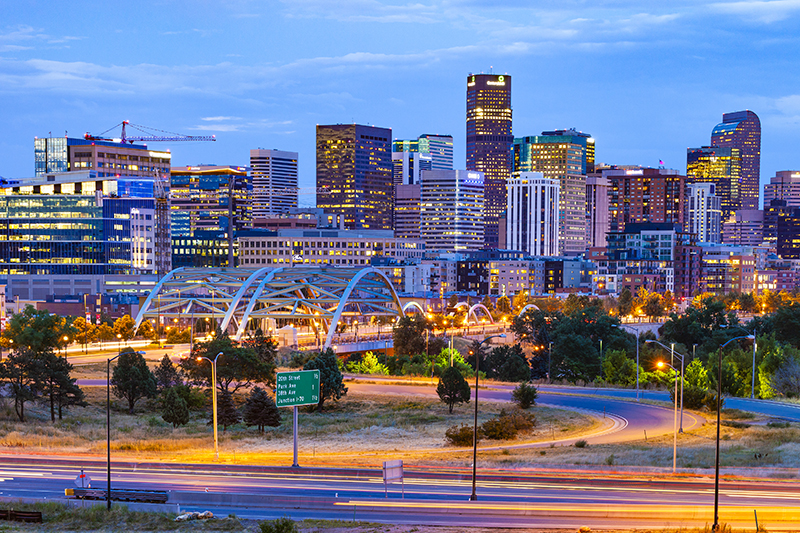Midyear 2019 Top Markets for Rent Growth

- The national average asking rent increased 1.9% as of midyear 2019, and is forecasted to grow 4.2% for the full year.
- The multifamily market with the most substantial rent growth over the last 12 months was Denver.
- Knoxville and Albuquerque broke into the top five markets for rent growth during the first half of the year.
Key Takeaways
At the midpoint of 2019, key indicators showed that the U.S. multifamily market has been off to a strong start.
According to Reis, the national average asking rent increased 1.9% during the first half of the year and is forecasted to grow 4.2% for the full year. Additionally, the vacancy rate improved to 4.7%, down from 4.8% at the end of 2018.
A closer look at the top-performing markets over the last 12 months, as measured by rent growth, shows some familiar strong performers as well as some newcomers.
Denver Moves to the Top
The multifamily market with the most substantial rent growth over the last 12 months was Denver, fueled by a diverse economic base and flourishing technology industry. Reis reported that Denver’s average asking rent reached $1,461/unit at the midyear point, up from $1,364/unit one year ago. The metro’s average asking rent has risen in every quarter since 2009.
This market boom has fueled a wave of new construction, which has put pressure on vacancy. The vacancy rate for Denver’s multifamily market increased to 6.1% at midyear, up from 5.3% one year ago. The vacancy rate was also among the highest nationally for primary markets.
Elevated construction activity is expected to continue. A total of 9,800 new units forecast to be delivered to the Denver market this year. This is compared to the 11,300 units delivered in 2018, which was the market’s highest annual total on record. However, demand remains strong. Absorption is forecasted to approach 8,000 units this year, following a record high of 8,800 units in 2018.
Las Vegas and Phoenix Remain Strong
Las Vegas and Phoenix took the top two spots for multifamily rent growth in 2018, with growth rates of 8.8% and 8.3%, respectively. However, the two metros slipped to the second and third slots to start the year.
The average asking rent in Las Vegas, which has risen in every quarter since 2011, registered $1,124/unit at midyear 2019. This was up 6.9% from one year ago. The delayed yet strong rebound from the recession has driven the local economy, although further improvement will depend on continued gains in industry sectors outside of entertainment and tourism.
Rent in Phoenix grew 6.8% over the last 12 months, finishing at $1,081/unit, having risen in every quarter since 2010. Despite being struck by the recession, the diverse job market in Phoenix has recovered significantly. Additionally, its population has been the fastest-growing in the country.
Knoxville and Albuquerque Break Through
Knoxville and Albuquerque broke into the top five markets for rent growth during the first half of the year, with year-over-year growth rates of 6.8% and 6.3%, respectively.
Multifamily rent in Knoxville has risen for seven consecutive quarters, reaching $801/unit at the midyear point of 2019. It is forecast to increase 6.9% overall this year. Additionally, vacancy fell to 3.4%, its lowest level in nearly 20 years. The metro’s vacancy rate was also among the tightest nationally. The University of Tennessee is a reliable driver of the local economy, which boasts an unemployment rate among the lowest in the country.
The average asking rent in Albuquerque reached $889/unit at midyear and has risen for six consecutive quarters. The vacancy rate was among the lowest in the country. Rent is forecasted to increase 4.0% for the year, driven by a well-educated workforce and diverse economic base. This includes the opening of a new Netflix production hub and Facebook data center.
For more multifamily research and insights, visit our research page.

